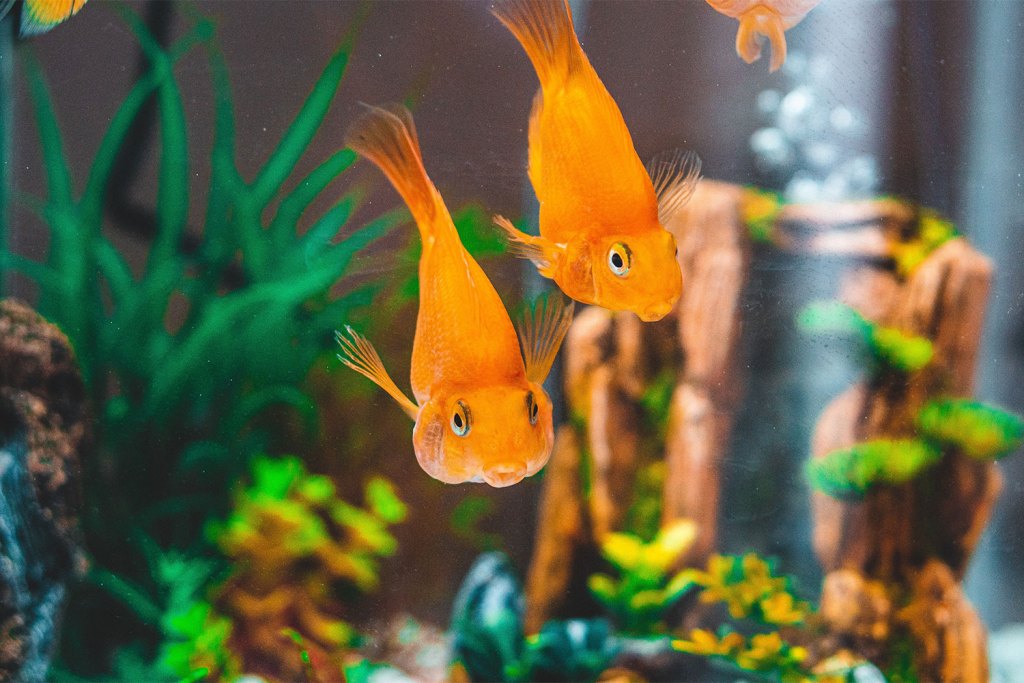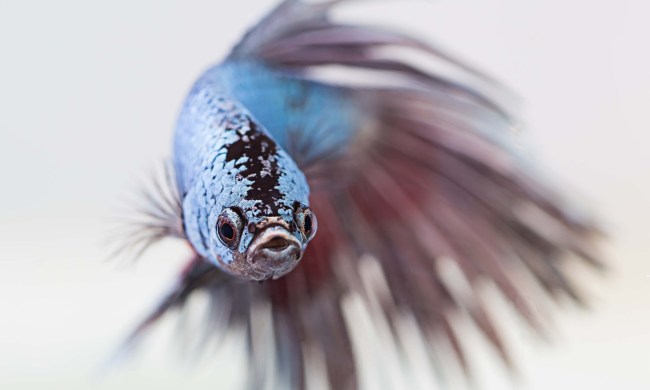Sometimes, maintaining your aquarium’s clarity isn’t enough. There are parasites that can grow out of nowhere because of temperature changes. There are food remains that foster the growth of these organisms. Thankfully, you can prepare your own medicine to treat your fish right at home. The best thing is that it’s not rocket science. Let’s check the best way to cure your fish’s parasite.
Diagnose first
Has your fish broken out in white spots? It could be parasites. This is a common disease in domestic aquariums and sometimes, if not treated quickly, they can take over all of your fish. Many species that suffer from parasites refuse to eat.

Ich (also called white spot disease) is a very common parasite that can kill your fish. If you’re wondering if it’s possible to cure your aquarium once it is already infected, the answer is yes. Here are some great methods to prepare anti-parasite medicine.
Garlic
Fortunately, there are many natural solutions to help with your problem. One of them is garlic, which stimulates your fishes’ appetites. This is crucial in the healing of Ich-infected fish. If your pets aren’t eating, they’ll become weak and less likely to win the battle against parasites.
This bulb has some antiseptic properties, as well. Feeding garlic to your fish is pretty easy. Here’s how:
- Peel the garlic and cut the ends off each clove.
- Microwave the cloves for 10 seconds.
- Cut the cloves lengthwise into thin strips.
- Place the strips in a glass of water.
- Let sit for 24 hours.
- Feed your fish small portions every day.
Salt
Salt is the most frequently recommended fish medicine. Not every species tolerates salt as well as others, so remember to be gentle when introducing your water pets to it. Make sure you know the specific facts about salt concentration and your aquarium diversity.
The concentration for saline water is half a teaspoon of sea salt for every gallon of water. There is evaporated sea water salt available in most aquarium and pet stores that also works well. You can either bathe your fish in a small container or add it to your aquarium in small increments.
Salt-sensitive species
There are some freshwater species that don’t like salt in their habitats. They can be adversely affected and it’s best to find other therapy for them. If you have the following species, be careful with your homemade remedies:
- Cory
- Loaches
- Livebearers
- Koi
- Pristine water
Keeping your aquarium clean is the basic measure to prevent and solve biological problems. You can solve many issues in your aquarium with some time, dedication, and a lot of love toward your fish. For best water quality, remember to do the following:
- Clean the tank walls regularly.
- Monitor the water quality.
- Balance the levels of minerals and chemicals.
- Maintain proper airflow. This ensures you are supplying the proper amount of oxygen. It’ll also keep the water pristine, your fish happy, and your aquarium free from parasites.

Raise the temperature
Another simple way to help your fish get healthy again is to raise the temperature of their habitat. Higher temperature kills many parasites and their larvae. When done carefully, it’s a harmless practice for your pets.
The secret is to increase the temperature of your aquarium very slowly until you reach 86°F. A good rule of thumb is to increase two degrees per hour until you reach this temperature. Please check the water temperature regularly using an accurate thermometer to ensure your fish are not overheating.
Other things you should do
If you suspect your fish is sick, the first course of action is taking your pet to the vet. In the meantime, these are some basic pet care routines you should put into place to help:
- Regularly changing your tank’s water.
- Avoid overstocking your tank.
- Monitor the quality of your water.
- Clean any decorative figures and plants regularly.
- Do not overfeed your fish.
- Collect any leftover food after every feeding.
Following these simple guidelines will ensure your aquarium is healthy and looking spectacular. Most importantly, knowing that your fish are parasite-free brings you peace of mind and relaxation. Acting quickly is the key to controlling parasites. They are a manageable ailment that you can treat by making your own medicine at home.


